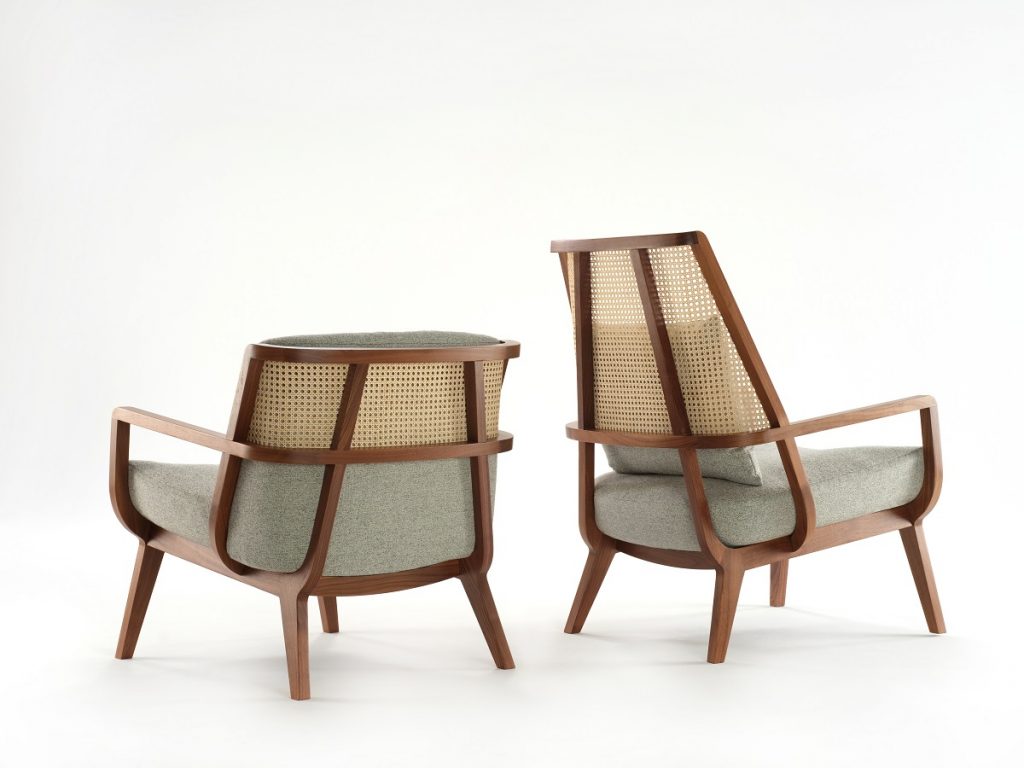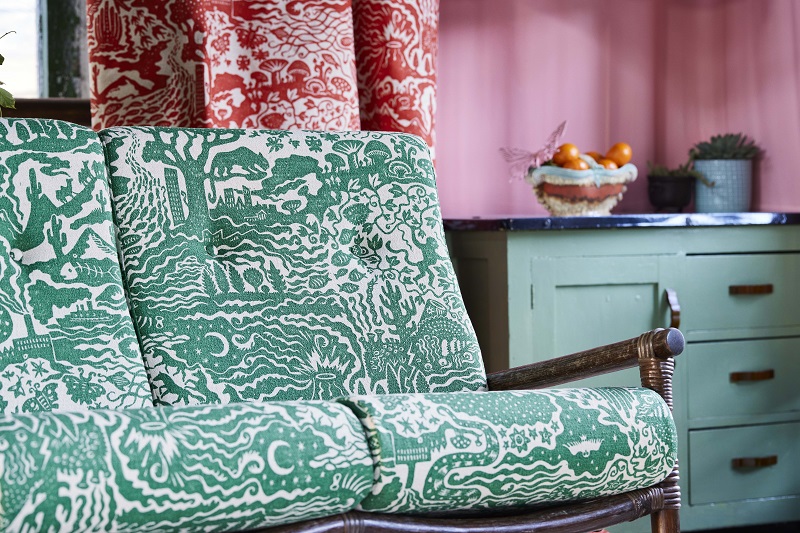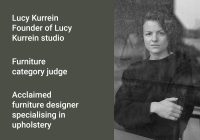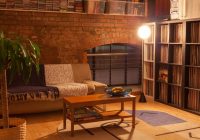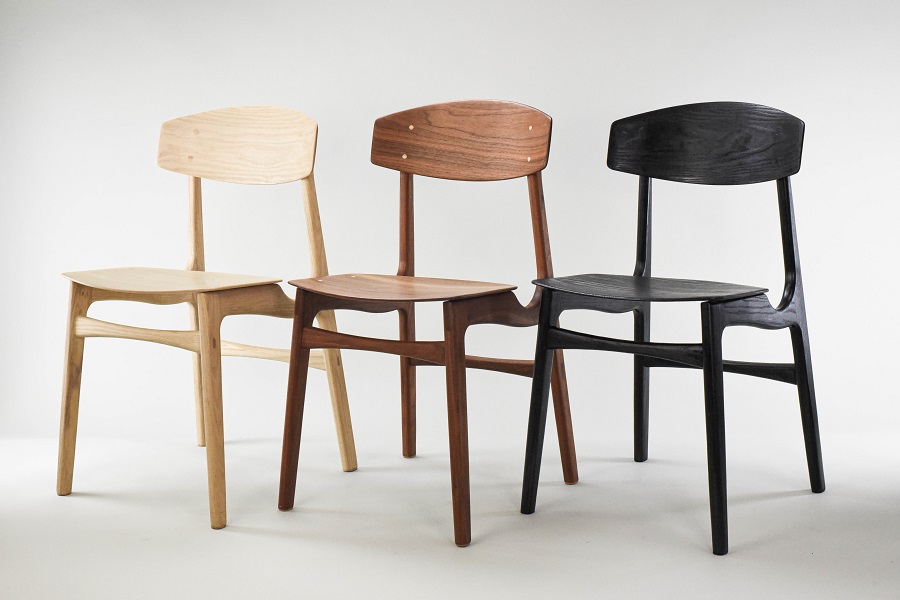
Pierre Greenway designed the Kenilworth chair as an adaptable and contemporary ode to Danish mid-century modern design and aesthetics.
The collection is made from locally sourced sustainable materials and is purpose built for a young family home, according to Pierre. In 2021, Kenilworth was awarded a Design Guild Mark in the Furniture Design category.
We asked Pierre about the Kenilworth to find out more about the design process he undertook.
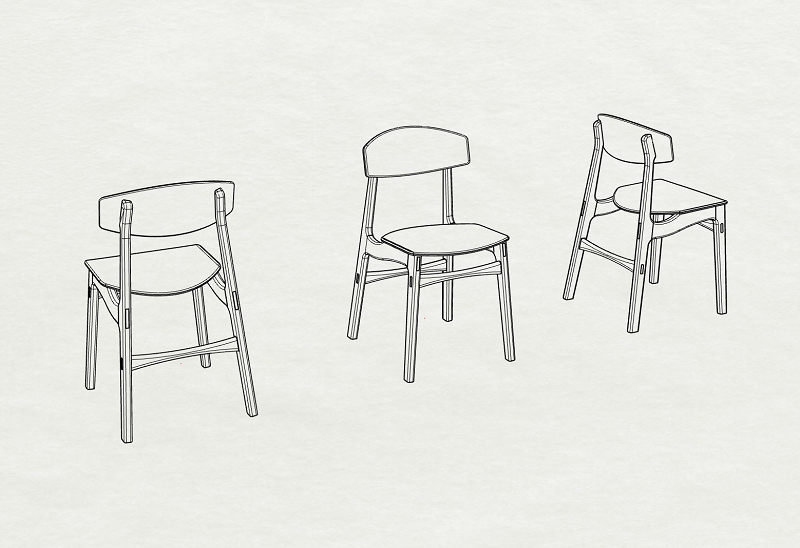
What initially inspired you to design the Kenilworth collection?
We had just moved back to the UK after many years away, had bought our first house and were about to have our first baby. As we had moved, we didn’t have any furniture, so I thought it would be a good time to design and make a dining chair and table, the former of which I had wanted to do for many years – hence dubbed as ‘furniture for a young family home’.
Explain its concept.
As we had spent a few years in Copenhagen before coming back to the UK, it was obvious the design was going to have a lot of influence from the Danish mid-century era. I wanted the chair to be an ode to this, while also being a contemporary version of it. I also wanted to bridge the gap between the cheaper mass-produced products which wouldn’t last too long, and the iconic mid-century chairs which cost upward of a few thousand.
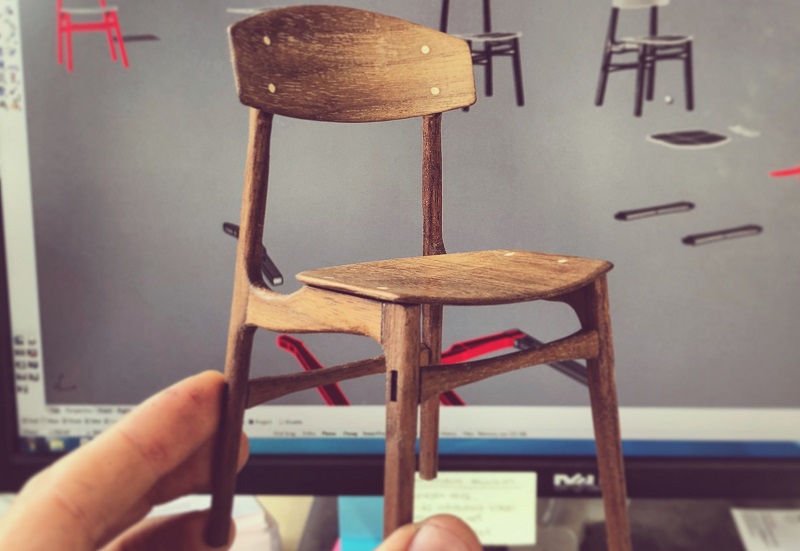
How have you struck the balance between function and design with this product?
The Kenilworth Chair is remarkably comfortable, so much so that I use one as a desk chair along with our dining set. It’s ergonomic, hasn’t lost its mid-century feel, and has been designed in a way that it’s easy enough to hand-manufacture, keeping the cost down, while also not losing any of its hand-made-ness to it.
Who does this design appeal to?
I hope this design appeals to lots of people! But as it was designed for a young family home, I like to romanticise with people similar to me – young professionals who have a small family, and can’t afford to pay for iconic originals, but still want a beautiful handmade product that could be passed down through generations.
How long did the design process take, from initial sketches to roll out?
I think it was probably close to a full year. I had a lot of other things going on at the time and was only dipping in and out, but with that, I think it gave me the opportunity to take my time with the design, making models, prototypes and the final product. It was a nice way to work, with no deadline.
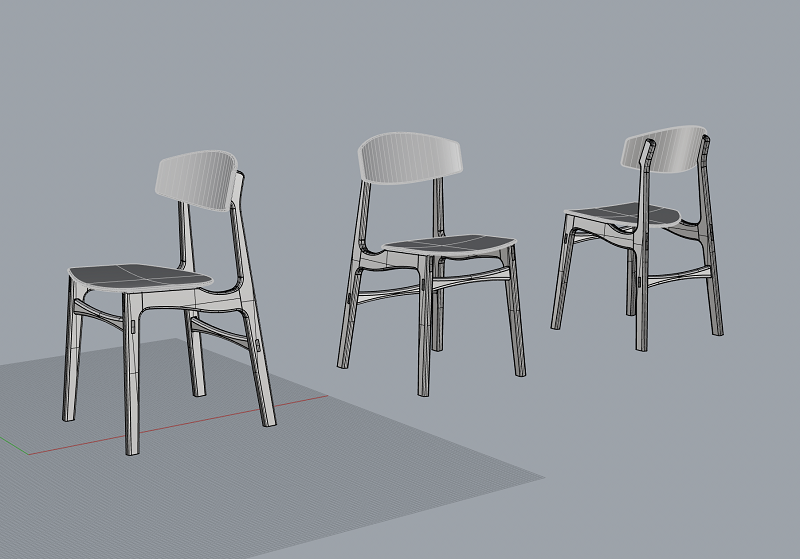
What modifications did you make along the way?
I made my first prototype using mortise and tenons and double lap joints, which make lovely details and super strong structure, but it drives up the cost in manufacturing time and I wanted to keep costs contained. To do this, I then used plugged mortise and tenon joints in the mass manufacturing, which still creates a very strong joint but takes a fifth of the time, keeping costs low.
In what way do you think this design is different from anything else available on the market?
The design itself is not different from anything else on the market, as it’s not supposed to be… What is different is the design of the manufacturing process as I just mentioned. This is a product where every component has been made, assembled and finished by hand, and still holds an attainable price point on the market.
What was the most challenging aspect of the design?
I went with a few different iterations of the seat itself. At some points it felt like I’d never get it to how I wanted, but with several attempts and a few teaks here and there, I finally placed something on the frame which I was happy with. It’s a complete mirror of the backrest, but with the top (or bottom) side stretched to reach the back of your bum.
For more information, go to https://www.pierregreenway.com/



